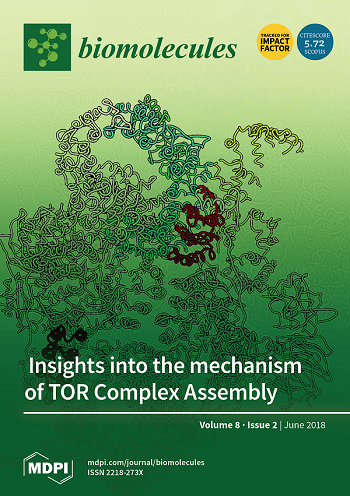Modeling Epithelial Homeostasis and Perturbation in Three-Dimensional Human Esophageal Organoids
IF 4.8
2区 生物学
Q1 BIOCHEMISTRY & MOLECULAR BIOLOGY
引用次数: 0
Abstract
Background: Esophageal organoids from a variety of pathologies including cancer are grown in Advanced Dulbecco’s Modified Eagle Medium-Nutrient Mixture F12 (hereafter ADF). However, the currently available ADF-based formulations are suboptimal for normal human esophageal organoids, limiting the ability to compare normal esophageal organoids with those representing a given disease state. Methods: We have utilized immortalized normal human esophageal epithelial cell (keratinocyte) lines EPC1 and EPC2 and endoscopic normal esophageal biopsies to generate three-dimensional (3D) organoids. To optimize the ADF-based medium, we evaluated the requirement of exogenous epidermal growth factor (EGF) and inhibition of transforming growth factor-(TGF)-β receptor-mediated signaling, both key regulators of the proliferation of human esophageal keratinocytes. We have modeled human esophageal epithelial pathology by stimulating esophageal 3D organoids with interleukin (IL)-13, an inflammatory cytokine, or UAB30, a novel pharmacological activator of retinoic acid signaling. Results: The formation of normal human esophageal 3D organoids was limited by excessive EGF and intrinsic TGFβ-receptor-mediated signaling. Optimized HOME0 improved normal human esophageal organoid formation. In the HOME0-grown organoids, IL-13 and UAB30 induced epithelial changes reminiscent of basal cell hyperplasia, a common histopathologic feature in broad esophageal disease conditions including eosinophilic esophagitis. Conclusions: HOME0 allows modeling of the homeostatic differentiation gradient and perturbation of the human esophageal epithelium while permitting a comparison of organoids from mice and other organs grown in ADF-based media.三维人体食管器官模型的上皮稳态和扰动建模
背景:包括癌症在内的各种病理食管器官组织都是在高级杜氏改良鹰培养基-营养混合物 F12(以下简称 ADF)中生长的。然而,目前可用的基于 ADF 的配方对于正常人食管器官组织来说并不理想,这限制了将正常食管器官组织与代表特定疾病状态的食管器官组织进行比较的能力。方法:我们利用永生化的正常人食管上皮细胞(角质细胞)系 EPC1 和 EPC2 以及内窥镜下的正常食管活检组织生成三维(3D)有机体。为了优化基于 ADF 的培养基,我们评估了对外源性表皮生长因子(EGF)的要求和对转化生长因子(TGF)-β 受体介导的信号转导的抑制,这两者都是人类食管角质细胞增殖的关键调节因子。我们用白细胞介素(IL)-13(一种炎症细胞因子)或 UAB30(一种新型的视黄酸信号药理激活剂)刺激食管三维器官组织,模拟了人类食管上皮的病理变化。结果正常人食管三维组织实体的形成受限于过量的EGF和TGFβ受体介导的内在信号传导。优化的HOME0改善了正常人食管类器官的形成。在HOME0培养的器官组织中,IL-13和UAB30诱导的上皮变化让人联想到基底细胞增生,而基底细胞增生是包括嗜酸性粒细胞食管炎在内的多种食管疾病的常见组织病理学特征。结论HOME0可以模拟人类食管上皮的平衡分化梯度和扰动,同时还能比较小鼠和其他器官在基于ADF的培养基中生长的器官组织。
本文章由计算机程序翻译,如有差异,请以英文原文为准。
求助全文
约1分钟内获得全文
求助全文
来源期刊

Biomolecules
Biochemistry, Genetics and Molecular Biology-Molecular Biology
CiteScore
9.40
自引率
3.60%
发文量
1640
审稿时长
18.28 days
期刊介绍:
Biomolecules (ISSN 2218-273X) is an international, peer-reviewed open access journal focusing on biogenic substances and their biological functions, structures, interactions with other molecules, and their microenvironment as well as biological systems. Biomolecules publishes reviews, regular research papers and short communications. Our aim is to encourage scientists to publish their experimental and theoretical results in as much detail as possible. There is no restriction on the length of the papers. The full experimental details must be provided so that the results can be reproduced.
 求助内容:
求助内容: 应助结果提醒方式:
应助结果提醒方式:


